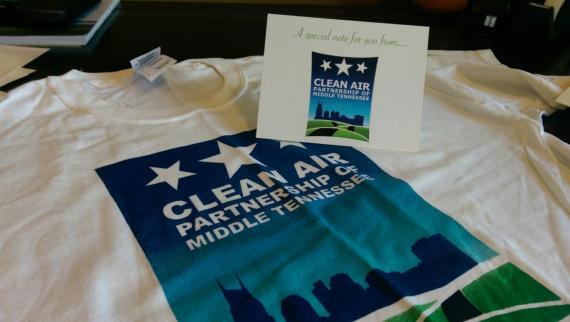Trash burning around the globe is worsening air pollution, pumping more emissions into the atmosphere than previously thought, according to a new study.
More than 40 percent of the world’s garbage is burned in such fires, emitting gases and particles that can substantially affect human health and climate change, estimates the National Center for Atmospheric Research (NCAR), which led the study.
The study looked at pollutants such as particulates, carbon monoxide, and mercury that are emitted by the fires, as well as carbon dioxide – the most common greenhouse gas produced by human activity.
With trash burning causing such harmful health and environmental effects, you would think the practice would get more attention. But reality is emissions from burning trash in open fires often go unreported to environmental agencies and are left out of many national inventories of air pollution. As a result, there are currently no policies regulating the act.
“Air pollution across much of the globe is significantly underestimated because no one is tracking open-fire burning of trash,” NCAR scientist Christine Wiedinmyer, lead author of the study, said in a statement. “The uncontrolled burning of trash is a major source of pollutants, and it’s one that should receive more attention.”
To estimate emissions from trash fires, Wiedinmyer and her co-authors compared population numbers and waste production to official tallies of trash disposal for each country in the world. They found that approximately 1.1 billion tons, or 41 percent, of the world’s waste is disposed of through unregulated burning every year.
China, India, Brazil, Mexico, Pakistan, and Turkey are the countries guilty of producing the greatest amount of emissions from trash burning. But, it’s not just a problem in developing nations. Many people right here in Middle Tennessee still burn their garbage.
As much as 29 percent of particulates, 10 percent of mercury, and 40 percent of gases known as polycyclic aromatic hydrocarbons (PAHs) comes from trash burning fires – pollutants linked to such significant health impacts as decreased lung function, neurological disorders, cancer, and heart attacks.
“This study was a first step to put some bounds on the magnitude of this issue,” Wiedinmyer added. “The next step is to look at what happens when these pollutants are emitted into the atmosphere – where are they being transported and which populations are being most affected.”
The results were published in the journal Environmental Science & Technology.






